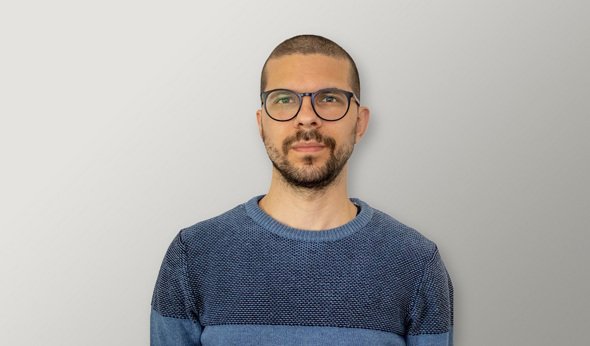Opinion article published in Sapo TeK.
The last two decades have moved the digital society into incredibly rapid change on many fronts, with hardware and software keeping pace with innovation. The new social behaviors and the mass adhesion of new users brought with them a series of needs in personal and business environments in view of their demands for these technological tools.
With this panorama, the design of solutions began to require special attention. Rapid paradigm shifts and social and technological evolution have made digital products more complex – more difficult to define and with greater challenges to solve.
In p.C (pre-COVID) providing a solution to a specific problem was simpler. Now, it has evolved into a set of different solutions, platforms and variations on the same theme in a single digital product: society has become more digital and products more complex, aggregating different purposes. Over the last few decades, teams have not always been responsible for producing the best user experiences, but rather the fastest solutions, which makes the product non-user-centric.
This is where Design comes in – an essential part of the digital products development process, demanding detail and that requires a multidisciplinary team with the same objective. It's not about solving the problem, it's about realising it. The digital product has to be robust and user-centric in design.
But Digital Product Design, despite becoming quite emerging, remains quite confusing for most people. It is not just synonymous with art, beauty or a simple drawing; it is the ability to find logic in chaos, to solve complex problems and above all a behavior that is present in almost everything.
Often, in a digital product, Design is imperceptible. By promoting unique experiences that take the user from an existing situation to a desired situation without any friction, they reveal a positive development result, even if it is not visible or tangible.
A high-quality Digital Product development team should not be sealed between its areas. The Design and Engineering and Product teams must converge in a global and multidisciplinary interaction, being involved in the design of a digital product from the initial conceptualisation phase to its delivery.
Digital Product Design can be seen as an approach, an iterative process of trial and error and interaction with people. The sum of the general knowledge of the teams in a design process is very important, together, allows solving the most complex problems.
